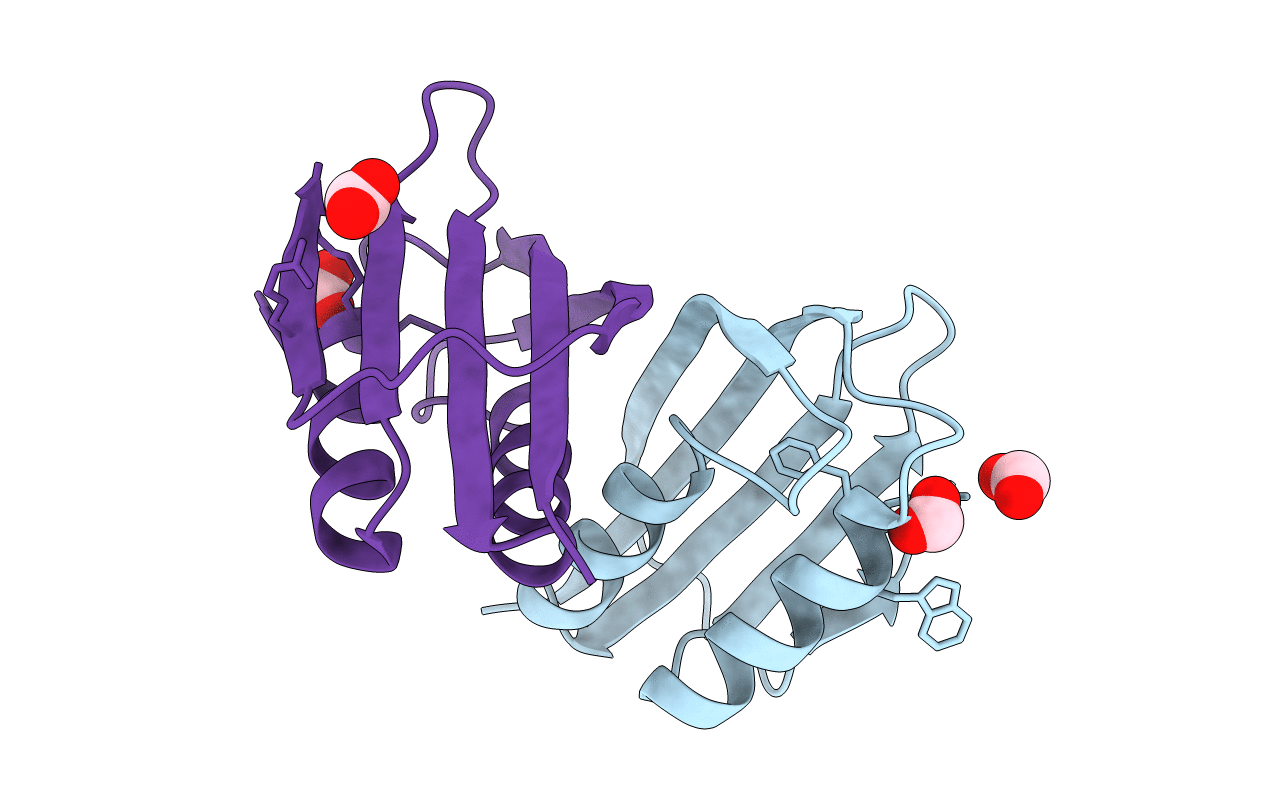
Deposition Date
2004-07-06
Release Date
2004-08-04
Last Version Date
2023-12-13
Entry Detail
PDB ID:
1W2I
Keywords:
Title:
Crystal structuore of acylphosphatase from Pyrococcus horikoshii complexed with formate
Biological Source:
Source Organism:
PYROCOCCUS HORIKOSHII (Taxon ID: 53953)
Host Organism:
Method Details:
Experimental Method:
Resolution:
1.50 Å
R-Value Free:
0.17
R-Value Work:
0.16
R-Value Observed:
0.16
Space Group:
P 32 2 1


